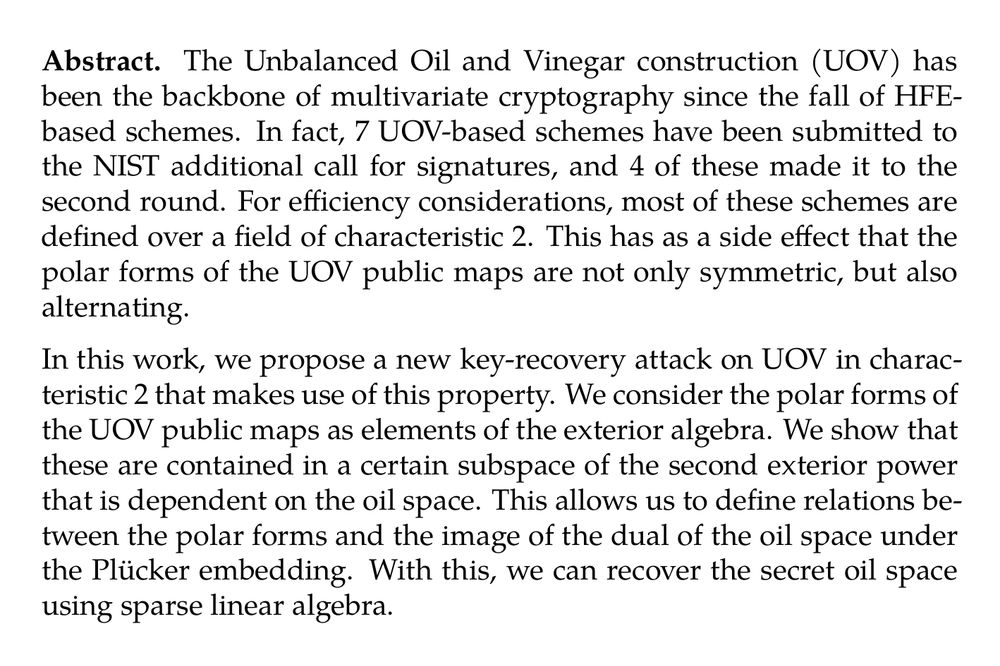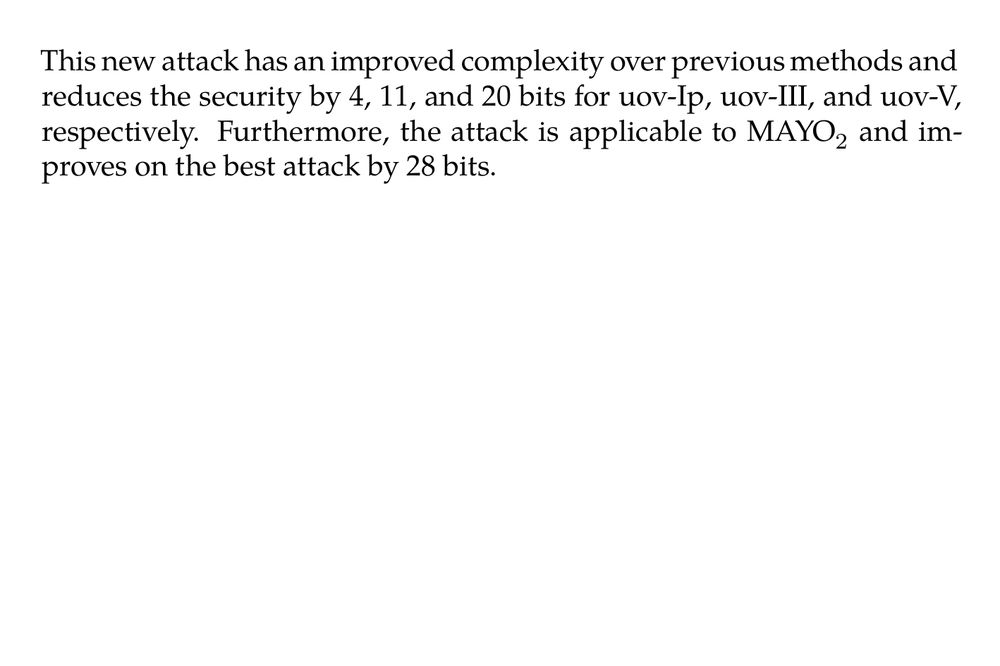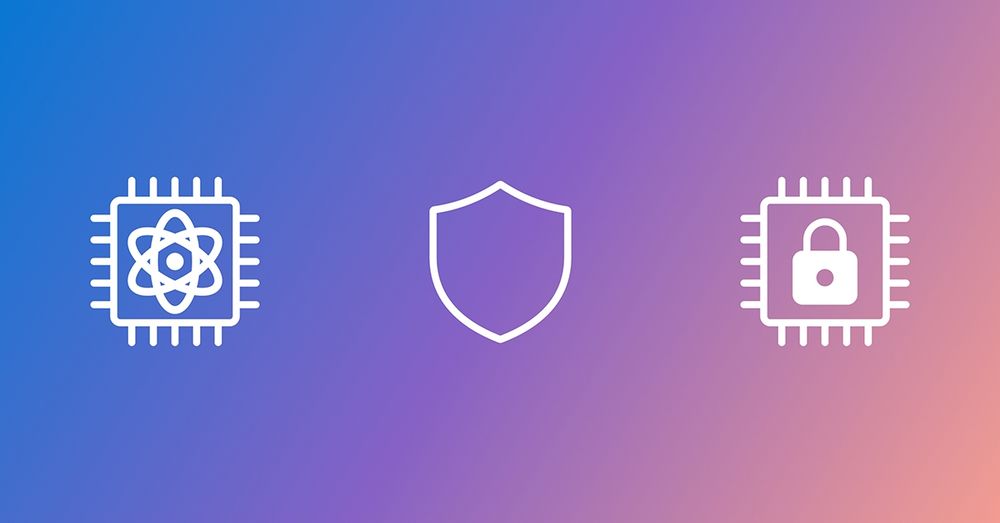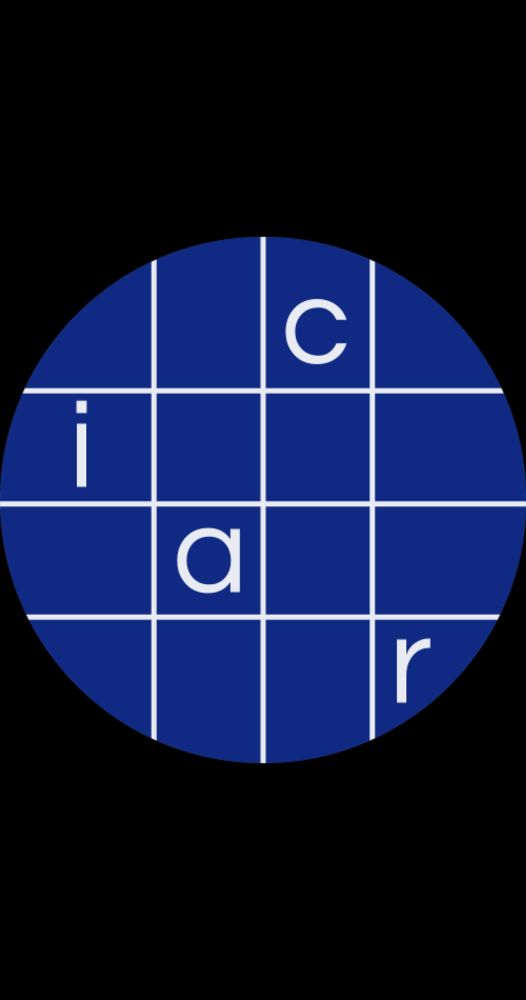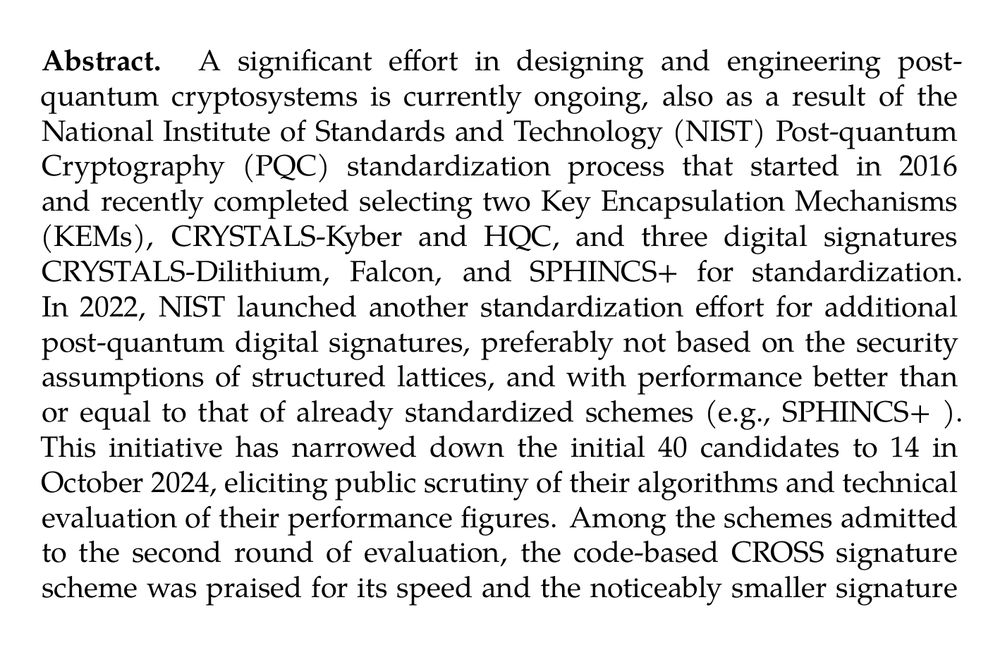
Abstract. A significant effort in designing and engineering post-quantum cryptosystems is currently ongoing, also as a result of the National Institute of Standards and Technology (NIST) Post-quantum Cryptography (PQC) standardization process that started in 2016 and recently completed selecting two Key Encapsulation Mechanisms (KEMs), CRYSTALS-Kyber and HQC, and three digital signatures CRYSTALS-Dilithium, Falcon, and SPHINCS+ for standardization. In 2022, NIST launched another standardization effort for additional post-quantum digital signatures, preferably not based on the security assumptions of structured lattices, and with performance better than or equal to that of already standardized schemes (e.g., SPHINCS+ ). This initiative has narrowed down the initial 40 candidates to 14 in October 2024, eliciting public scrutiny of their algorithms and technical evaluation of their performance figures. Among the schemes admitted to the second round of evaluation, the code-based CROSS signature scheme was praised for its speed and the noticeably smaller signature sizes over the standardized version of SPHINCS+ . In this work, we present the first RTL hardware design of CROSS tailored for FPGA devices, delineating efficient implementation strategies for the critical components of the cryptographic scheme. Depending on the chosen security level, our design generates a key pair in 9 to 152 µs, signs a message in 404 µs to 5.89 ms, and verifies a signature in 322 µs to 4.38 ms on the NIST reference FPGA, a Xilinx Artix-7 device, proving competitive when compared with other candidates in the on-ramp standardization effort, namely LESS, MEDS, MAYO, Raccoon and SDitH, and comparable to current standard-selected ML-DSA, FN-DSA, and SLH-DSA in terms of efficiency.

Image showing part 2 of abstract.
High-Performance FPGA Accelerator for the Post-quantum Signature Scheme CROSS (Patrick Karl, Francesco Antognazza, Alessandro Barenghi, Gerardo Pelosi, Georg Sigl) ia.cr/2025/1161
20.06.2025 21:10 — 👍 0 🔁 1 💬 0 📌 0